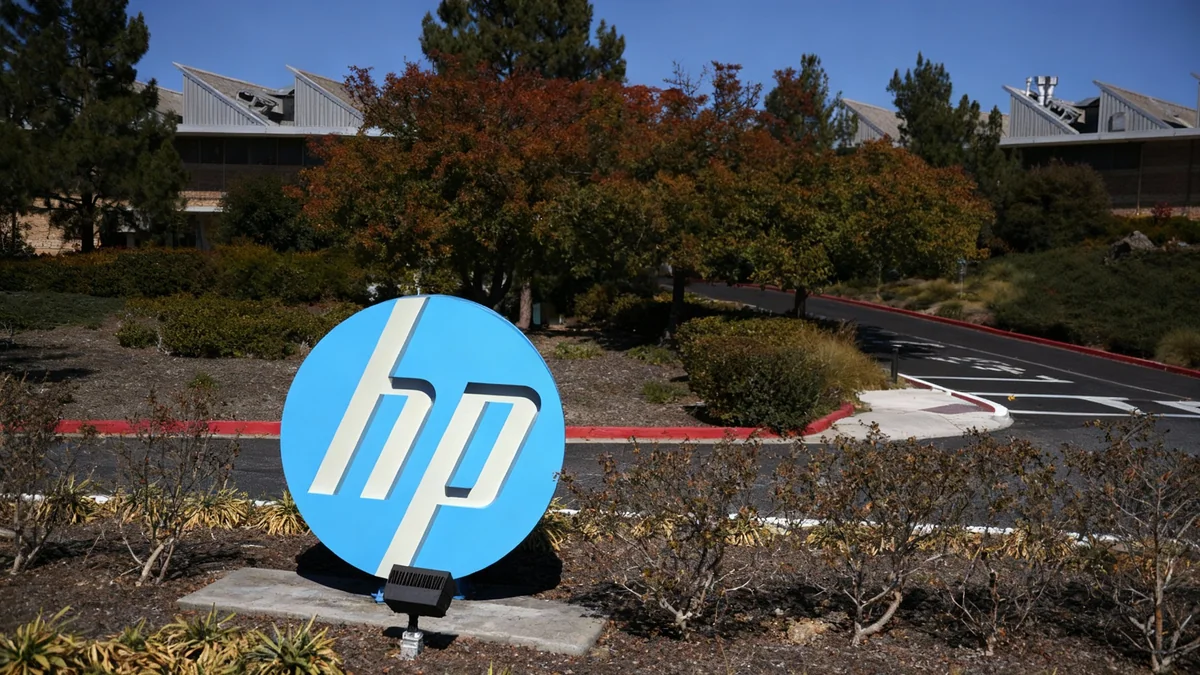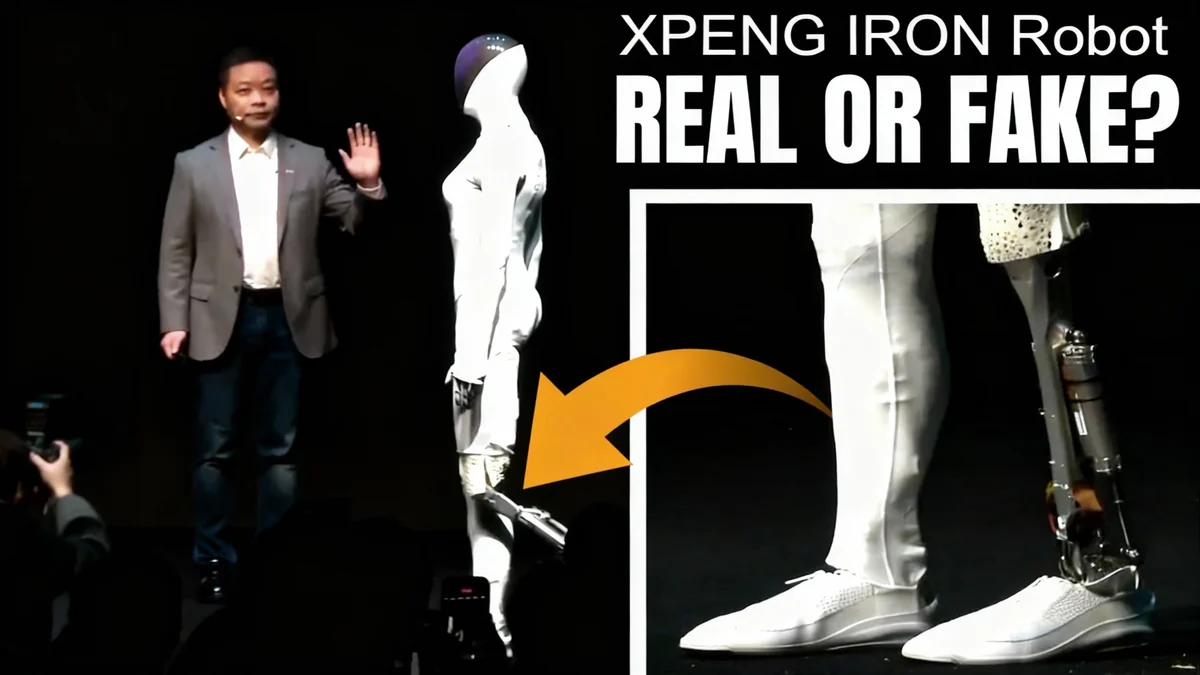Meta Platforms is actively monitoring its employees' use of internal artificial intelligence tools, implementing dashboards to track usage and setting specific adoption targets for certain divisions. This initiative is part of a company-wide push to integrate AI into daily workflows and increase productivity, reflecting a broader trend across the technology industry.
Key Takeaways
- Meta uses internal dashboards to monitor how frequently employees use company-provided AI tools.
- The company's Reality Labs division has a goal to achieve over 75% AI tool adoption among its staff.
- A voluntary program called "Level Up" gamifies AI usage, rewarding employees with badges for reaching milestones.
- This strategy aligns with similar efforts at other major tech companies, including Google and Microsoft, to measure and encourage AI integration.
Internal Push for AI Adoption
Meta has intensified its efforts to ensure employees incorporate artificial intelligence into their work. According to current employees, the company rolled out tracking dashboards earlier this year to provide visibility into AI tool usage across different teams and departments.
The expectations for AI adoption are not uniform throughout the organization. While some teams are encouraged to experiment with AI tools in a more exploratory manner, others face explicit targets for usage. This dual approach combines encouragement with measurable goals to drive company-wide integration.
A Meta spokesperson confirmed the company's focus on this area.
"It's well-known that this is a priority and we're focused on using AI to help employees with their day-to-day work," the spokesperson stated.
This internal strategy is designed to accelerate workflows, with employees using AI for a range of tasks. These include generating code, brainstorming new ideas, drafting documents, and seeking information about company policies through internal chatbots.
A Broader Industry Trend
Meta's approach is consistent with a larger movement in the technology sector. Companies like Google and Microsoft are also implementing systems to monitor and promote AI use among their workforces. Google tracks productivity gains from AI, while Microsoft has explored linking AI tool usage to employee performance reviews. This reflects a sector-wide belief that widespread AI adoption is critical for maintaining a competitive edge.
Setting Specific Targets: The Reality Labs Example
Meta's hardware and wearables division, Reality Labs, serves as a clear example of the company's goal-oriented approach. The division, responsible for products like the Quest VR headsets, has been tasked with increasing its employee AI tool usage to above 75%.
This represents a significant push for the division, which has already made substantial progress. According to sources familiar with the matter, the team has increased its adoption rate considerably in a short period.
Reality Labs Adoption Metrics
- Current Usage: 70% of employees in the division are using AI tools.
- Adoption Goal: The target is set at over 75%.
- Recent Growth: This is a sharp increase from a 30% utilization rate reported in June.
The focus on specific metrics within high-priority divisions like Reality Labs demonstrates how Meta is translating its broader AI strategy into concrete, measurable actions at the team level. Software engineers and researchers are among the primary users, leveraging AI assistants to write and template code more efficiently.
Gamification and Incentives to Drive Engagement
To encourage voluntary adoption and help employees become more comfortable with AI, Meta introduced a program called "Level Up." This initiative turns the process of learning and using AI into a game, complete with rewards and recognition.
The program is accessible through Metamate, the company's internal AI chatbot. As employees interact with the tool and complete various tasks, they can earn digital badges that signify their progress and proficiency. This gamified system aims to lower the barrier to entry and make the integration of new technology a more engaging experience.
By making the program voluntary, Meta hopes to foster genuine interest and skill development rather than simply enforcing compliance. The badge system provides a form of positive reinforcement, encouraging staff to explore the capabilities of the available AI tools.
Executive Vision for an AI-Powered Workforce
The internal push for AI adoption is strongly supported by Meta's leadership, particularly CEO Mark Zuckerberg. He has publicly articulated a vision where AI becomes a fundamental component of the company's operations and development processes.
During a podcast appearance in January, Zuckerberg projected that AI capabilities would advance significantly in the near future. He stated he expected that by the end of 2025, Meta would have AI that could perform at the level of a midlevel engineer.
He expanded on this vision during the company's first-quarter earnings call in April.
"I'd expect that by the middle to end of next year, AI coding agents are going to be doing a substantial part of AI research and development," Zuckerberg told investors.
These statements underscore the strategic importance of AI to Meta's future. The current internal tracking and adoption programs are the practical implementation of this long-term vision, aimed at preparing the entire workforce for a future where AI is a core collaborator in nearly every role.
The Rise of AI Usage Monitoring
The demand for tools that track employee AI usage is growing. Software providers specializing in workplace analytics have reported a significant increase in requests from companies wanting to monitor AI adoption over the past two years. Businesses are keen to measure the return on their investment in AI, seeking to quantify productivity gains and cost savings unlocked by these new technologies.





